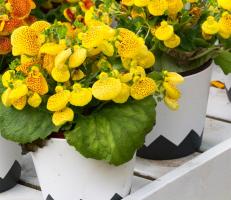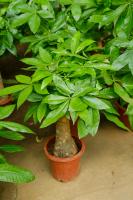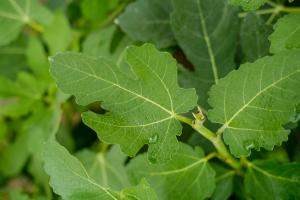1、 Curing method
1. Temperature: red clover likes to be cool, preferably between 15 and 20 degrees. When it is too hot, its growth is hindered to a certain extent. Therefore, when it is higher than 35 degrees, it must be adjusted. If it is higher than 40 degrees, it may even directly lead to its death. Its cold resistance is good, but it can't be lower than minus 15 degrees
2. Light: Trifolium pratense is a plant that likes half shade. It is very afraid of strong light. After being irradiated by strong light for a long time, its leaves may turn yellow and affect its flowering. Therefore, in the case of strong light, be sure to block it a little

3. Watering: the waterlogging tolerance of Trifolium pratense is relatively good, but its drought tolerance is very poor. Therefore, in the growth period, it is necessary to replenish water in time after drying, and spray some water when it is very hot. However, water control is also necessary in winter
4. Fertilization: Trifolium pratense has good barren resistance. Generally speaking, there is no need to apply too much fertilizer. It can be applied only in the stage before and after flowering. The rest of the time generally do not have to be imposed, except when the growth is seriously hindered

2、 Breeding skills
1. Reproduction: sowing and reproduction can be adopted. Generally, fruits are collected in autumn, and then seeds are collected. After collection, store it under the condition of zero to five degrees. The sowing place can be fertile and well drained. Spring sowing and autumn sowing are OK. Before sowing, the seeds can be mixed with fine sand and "sowing" can be adopted. The thickness of the covered soil can be between two and three centimeters
2. Pruning: pruning is mainly aimed at leaves and flowers. The main object of pruning is dry and yellow leaves. In addition, the flowers need to be repaired after flowering

3、 Diagnosis and treatment problems
1. Disease: "virus disease" is easy to occur in high temperature and dry seasons. It is necessary to supplement an appropriate amount of water while spraying. "White leaf disease" is common in wet conditions and can be prevented and treated with class a tobuzin
2. Insect pests: "aphids" and other common pests, and the effect of spraying is relatively good

4、 Other issues
1. Toxicity: it is non-toxic and a good medicinal material
2. Whether it can be raised at home: Yes, its ornamental ability is good. And its maintenance method is relatively simple


 jackfruit
jackfruit snake plant
snake plant hibiscus
hibiscus hydrangea
hydrangea lavender
lavender Green roses climb al...
Green roses climb al... If you don't pay att...
If you don't pay att... Management of four g...
Management of four g...



































